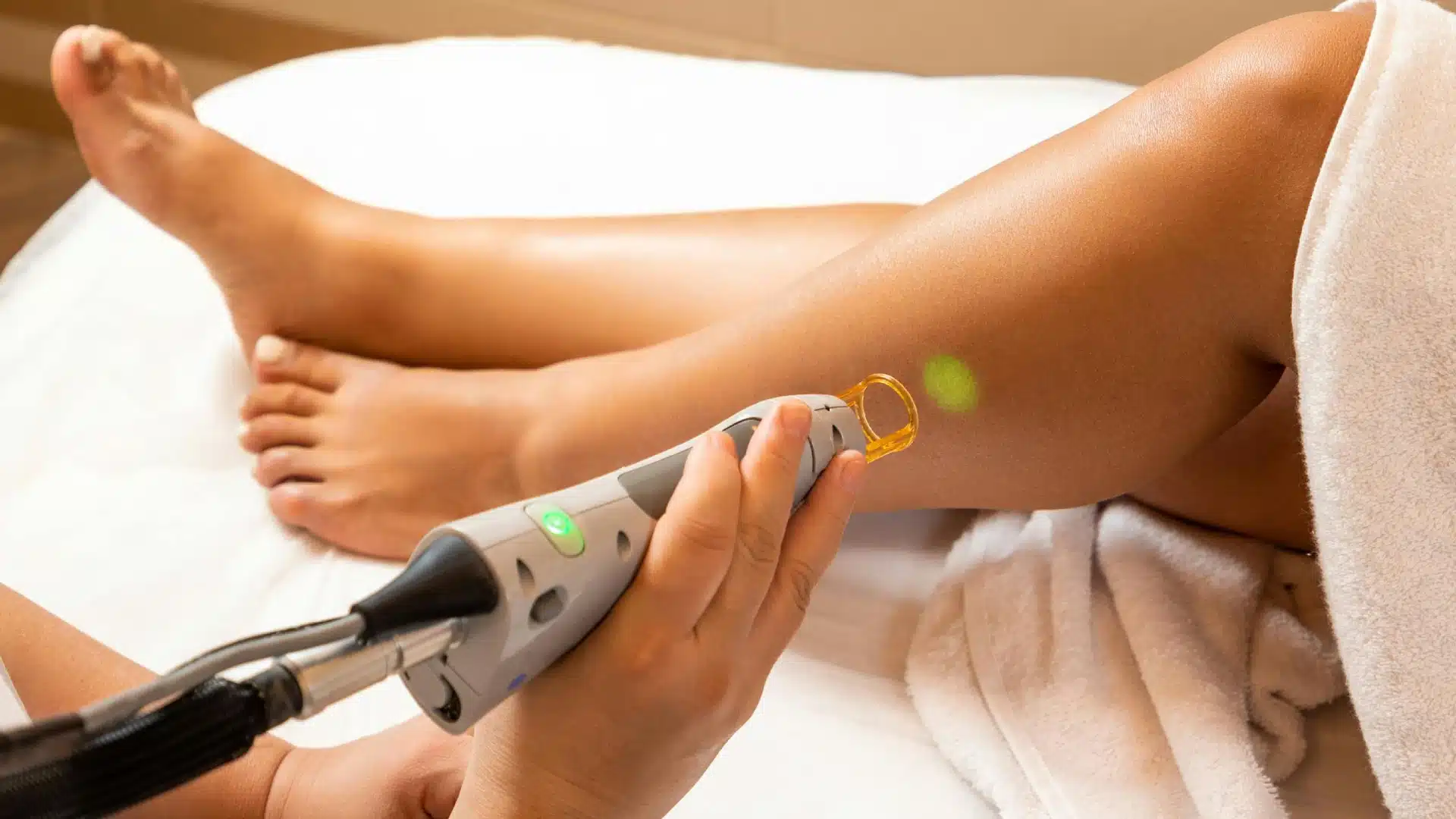

What is the difference between dermaplaning and microdermabrasion? Do you ever feel like the skin on your face has started to look worn out and tired? Or perhaps you’re suffering from acne scars, wrinkles, large pores, or uneven pigmentation. All these things can lead to a person looking older or as if their skin is not as bright and fresh as they would like it to be.
In such a case, a dermatologist might recommend one of two procedures to their patients: Dermaplaning or Microdermabrasion. Both of these procedures are cosmetic procedures that essentially exfoliate the skin to fix imperfections.
While both procedures are similar and can be used to improve your skin’s overall look and health, there are some key differences in what imperfections these procedures target. For example, Microdermabrasion can significantly enhance the appearance of your pores, whereas Dermaplaning would not be helpful in that regard.
Let’s take a closer look at Dermaplaning and Microdermabrasion along with their benefits and risks to understand which treatment might be better for you.
Dermaplaning is a form of exfoliation in which the top layer of skin is removed using a dermatome. This is a tool similar to a razor that uses a small blade. Dermaplaning is usually carried out by a professional who will first prep your skin by gently cleansing it. Then, they will use the dermatome or medical grade scalpel to carefully remove or scrape off the top layer of your skin. Depending on what part of your body you get the procedure done on, Dermaplaning can take a few minutes or an hour. Once you’re done, the technician will apply a soothing lotion or sunscreen on your skin.
Dermaplaning is mainly used to reduce acne scars, hyperpigmentation, and other scar reductions. Many people also prefer to use Dermaplaning as a hair removal process and use it on their faces to get rid of unwanted peach fuzz. The effects of Dermaplaning usually wear off after a couple of weeks, after which you will need to get the procedure done again.
There are a few side effects of Dermaplaning you should be aware of. These include red and swollen skin, burning of the skin, stinging, or even the formation of scabs. Your skin may become quite sensitive after Dermaplaning.
Another thing to keep an eye out for is that Dermaplaning uses a very sharp, blade-like tool. When used over bony areas such as around the jaw or the bridge of the nose, there is the risk of getting cuts and scrapes, especially if you are getting the procedure done by someone who does not have much experience with Dermaplaning.
Microdermabrasion is a form of skin exfoliation like Dermaplaning, but it uses different tools. For Microdermabrasion, the dermatologist or professional carrying out the procedure will start by cleansing the skin. Then, they will use a wand with a laser-cut diamond tip to gently exfoliate the upper epidermal layer of skin. The device they use also comes with small vacuum suction to stimulate collagen and elastin production and remove dead skin.
Before the procedure is started, the professional carrying it out will prep your skin by gently cleansing it. Once the treatment is completed – usually taking up to an hour – they will apply moisturizer or sunscreen onto your skin.
Microdermabrasion can be used to treat various skin problems, such as acne, sun damage, wrinkles, fine lines, large pores, and uneven pigmentation. Because Microdermabrasion only removes the outer layer of your skin, so there aren’t any significant side effects.
However, one thing to keep in mind is that Microdermabrasion may not be suitable for you if you suffer from cystic acne, have excess body hair, or have an active skin infection. And finally, the process is not for someone who scars easily or has overly sensitive skin.
If you have sensitive skin, the choice between Dermaplaning and Microdermabrasion might be quite simple. However, if you have a normal skin type, both procedures can be very enticing.
Did you know that some dermatologists might even recommend a mix of the two processes? In such a case, a dermatologist will first carry out the Dermaplaning, a generally less aggressive treatment process. This can then be followed by Microdermabrasion.
If you have already undergone Microdermabrasion, it would be unwise to follow that procedure up with Dermaplaning. Ideally, it would help if you waited a few days or a week so that your skin has had enough time to heal from the Microdermabrasion, after which you can get Dermaplaning done.
You may think that both of the procedures we have discussed are quite similar in that they both are forms of exfoliation for your skin. However, each procedure is better suited to treat different problems and works well with different skin types.
If you aren’t sure about your skin type, whether you need either of these procedures, if you might benefit from a combination of the two, or how to go about finding out which treatment will suit you better, it would be a good idea to have a consultation with your dermatologist. A professional dermatologist will be able to give you the best advice on which treatment is the right one for you.
If you’re looking to book a consultation in Cooper City, get in touch with Body Brite. You can fill in a form for a free consultation! You can also give us a call at (754) 254-2028 or visit our website to check out all of the other services we offer. BodyBrite med spa is proud serves the Cooper City, Weston, Pembroke Pines, Davie, Southwest Ranches, Plantation, Miramar, and surrounding Fort Lauderdale and Miami locations.